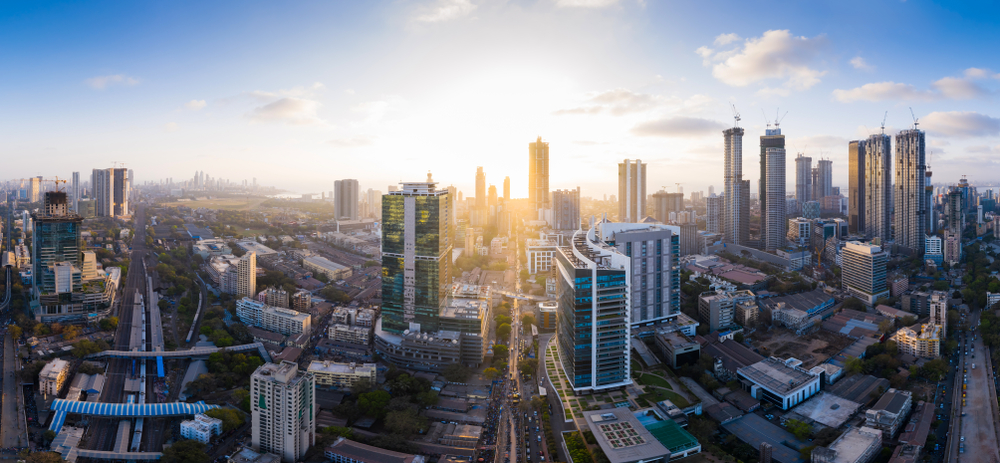India, slated to become the world’s third-largest economy by 2029
The GDP growth rate for FY23 is projected to be between 6.7 and 7.7 percent

The Times of India reported that India has surpassed the UK and recently became the fifth largest economy in the world at the end of the second quarter. Moreover, the State Bank of India (SBI) suggested that it is highly likely that the country could outpace two other major economies, making it the third-largest economy by 2029.
According to the study conducted by SBI’s Economic Research Department, the GDP growth rate for FY23 is projected to be between 6.7 and 7.7 percent, however, due to global uncertainties, it is likely to have a growth of only six to 6.5 percent.
Considering the trajectory, the country is expected to be deemed the third-largest economy in 2029, moving up seven spots from its 2014 position of tenth.
As the country recovers in both investment spending and digital economy, it is estimated to grow by approximately seven percent annually within the decade, reported the Business Standard.
More: Indian economy projected to reach $20 trillion by 2047
As a result of a 13.5 percent expansion in the April-to-June quarter, the world’s fifth-largest economy is expected to grow by more than seven percent this fiscal year. A rise in interest rates, however, will likely halt economic growth in the coming quarters, according to economists.
Thanks to the resiliency of key industries like mining, construction, electricity, and manufacturing, India is recovering from the pandemic quite quickly. However, the global downturn and inflation are critical concerns, according to MoneyWeek.
According to The Economist, there are “four pillars” that will support growth in the next decade as the pandemic subsides. These pillars are the creation of a single national market in a large country with significant regional differences, the growth of industry, the maintenance of IT’s leadership position, and a high-tech welfare safety net (the “tech stack”) for the hundreds of millions who are left behind.
The Property Report editors wrote this article. For more information, email: [email protected].
Recommended
Why everyone is moving to Selangor and Johor: Malaysia’s real estate comeback
Malaysia’s upturn in fortunes is especially prevalent in secondary destinations such as Selangor and Johor
Penang’s silicon boom: How the US-China tech war is supercharging local real estate
Penang’s booming semiconductor industry has created ripples within the local real estate sector
New leader, new opportunities: How Hun Manet is shaking up Cambodia’s real estate game
Hun Manet is overseeing decent economic growth and widening access to the country’s real estate market for foreigners
Singapore embraces inclusive housing reforms amid resilient demand
The Lion City’s regulatory strength continues to exert appeal for international investors








